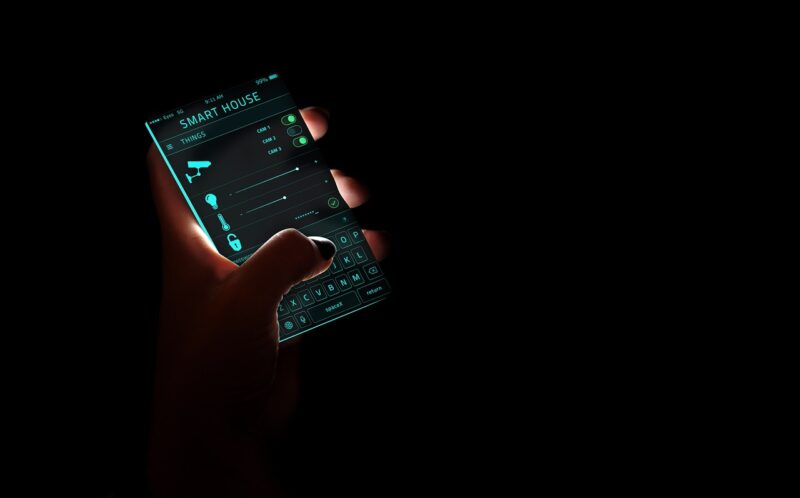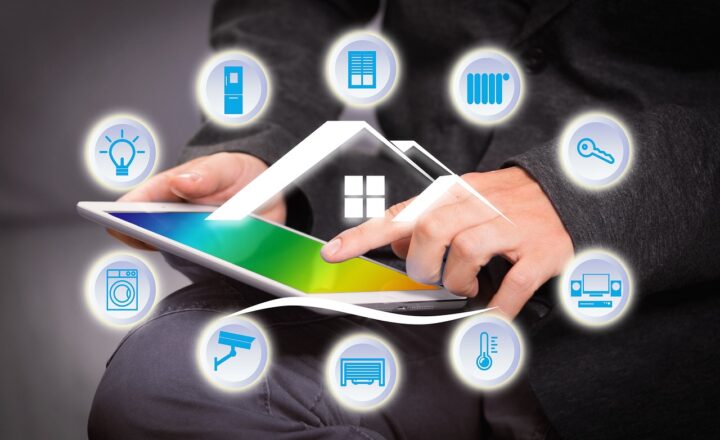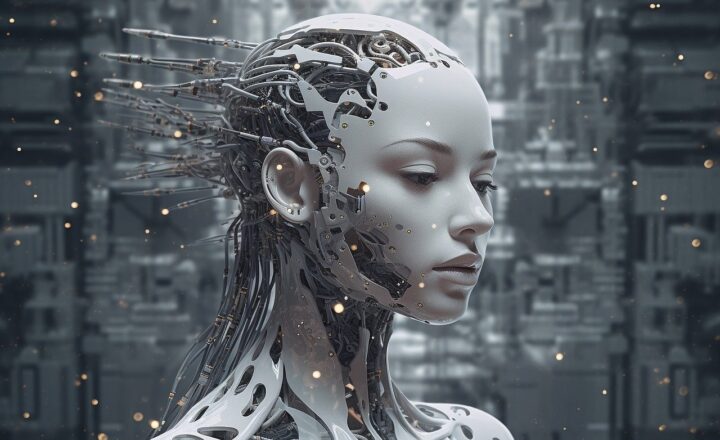
In today’s rapidly evolving technological landscape, the Internet of Things (IoT) has emerged as a transformative force, reshaping how we interact with our environment. From smart homes to connected cities, the IoT is bridging the gap between the physical and digital worlds, creating a fully connected ecosystem that enhances convenience, efficiency, and sustainability.
1. Understanding the Internet of Things (IoT)
The Internet of Things refers to the network of interconnected devices that communicate and exchange data with one another through the internet. This includes everyday objects like appliances, vehicles, wearable technology, and even infrastructure components. The primary goal of IoT is to create smarter systems that enhance user experience and improve operational efficiencies.
What makes IoT particularly enlightening is the concept of “smartness.” By integrating sensors, software, and connectivity into devices, they can collect and analyze data, allowing for advanced functionalities. For example, a smart thermostat learns your heating preferences and adjusts the temperature accordingly, optimizing comfort and energy usage.
2. How IoT is Transforming Everyday Life
IoT is seamlessly integrating into our day-to-day lives, leading to unprecedented convenience and control. Let’s explore various domains where IoT has made significant contributions:
- Smart Homes: Smart appliances let homeowners manage lighting, heating, and security through smartphones or voice assistants. Devices can communicate with each other to create a cohesive ecosystem. For example, smart doorbells allow you to see who’s at your door remotely, enhancing home security.
- Healthcare: Wearable devices like fitness trackers and smartwatches monitor health metrics, providing users valuable insights while allowing healthcare professionals to collect data remotely for better patient management. This is especially beneficial in chronic disease management and elderly care.
- Transportation and Vehicles: IoT is revolutionizing how we drive. Connected cars can relay information about traffic, road conditions, and vehicle performance, while smart traffic management systems reduce congestion in urban areas by optimizing traffic flow.
As a direct result of these innovations, certain key benefits emerge: reduced energy consumption, improved safety, and enhanced quality of life.
3. The Business Impact of IoT
Businesses are increasingly adopting IoT technologies to optimize operational efficiency, improve customer experiences, and drive growth. Here are a few ways IoT impacts various industries:
- Manufacturing: IoT devices known as sensors are used to monitor production lines in real time, detecting faults and streamlining operations. Predictive maintenance powered by IoT allows companies to anticipate equipment failures before they occur, reducing downtime and maintenance costs.
- Retail: Retailers use IoT for inventory management, ensuring stock levels remain optimized and reducing waste. Smart shelves equipped with IoT sensors can alert staff when products need restocking, enhancing customer satisfaction.
- Agriculture: IoT is revolutionizing farming by utilizing sensors and drones. Farmers can monitor soil conditions, weather patterns, and crop health, allowing them to make data-driven decisions that improve yields and reduce resource consumption.
The integration of IoT not only maximizes efficiency but also propels businesses towards more sustainable practices, positively impacting the environment.
4. Challenges to Overcome
While the benefits of IoT are substantial, several challenges need to be addressed to unlock its full potential:
- Security Risks: The more connected devices become, the greater the security vulnerabilities. Cyber-attacks targeting IoT devices could lead to unauthorized access and data breaches, necessitating stronger security measures.
- Interoperability Issues: The lack of standardization among IoT devices and platforms can hinder effective communication and limit the ability to integrate various technologies. The development of universal protocols is crucial for compatibility among different devices.
- Data Management: With an enormous volume of data generated by IoT devices, managing and analyzing this data effectively becomes a pressing challenge. Organizations need robust infrastructure and analytics capabilities to harness insights from this data.
These challenges underscore the need for ongoing development in IoT technology, ensuring user privacy and enhancing user confidence in adopting such innovative technologies.
5. The Future of IoT
The future of IoT appears highly promising, with advancements in artificial intelligence (AI), machine learning, and edge computing expected to drive innovation further. The combination of IoT with AI will enable smarter decision-making capabilities, allowing devices to learn, adapt, and improve over time. For instance, smart appliances equipped with AI could predict user behavior patterns, leading to more customized experiences.
Additionally, the rise of 5G technology will significantly enhance IoT applications. With faster internet speeds and reduced latency, devices will communicate in real time, enabling a myriad of applications from autonomous vehicles to intelligent traffic systems.
Key Trends to Watch For:
- Smart Cities: Urban areas will leverage IoT to create connected infrastructures that enhance the quality of life for residents through efficient resource management and improved public services.
- Wearable Technology Expansion: The integration of IoT in wearable devices will continue to grow, facilitating health monitoring and more personalized experiences in fitness and healthcare domains.
- Sustainability Initiatives: IoT technology will play a vital role in sustainability efforts – from smarter energy grids to precision farming, helping industries reduce their ecological footprint.
In conclusion, the Internet of Things is paving the way for a fully connected world where technology and humans coexist harmoniously. As we move into an increasingly interconnected future, it is crucial to remain aware of the challenges while embracing the opportunities that IoT presents. With effective collaboration among industries, policymakers, and researchers, the journey towards a smarter world will undoubtedly transform society as we know it today.
Conclusion
The Internet of Things is more than just a trend; it is a fundamental shift in how we interact with technology and each other. As we continue to innovate and integrate IoT solutions, we are fostering a world that not only improves everyday experiences but also addresses pressing challenges like climate change and resource management. The future is clearly connected, and the possibilities are limitless as we venture further into the IoT era.







